Xuefei Zhang
Overview of AI and Communication for 6G Network: Fundamentals, Challenges, and Future Research Opportunities
Dec 19, 2024



Abstract:With the increasing demand for seamless connectivity and intelligent communication, the integration of artificial intelligence (AI) and communication for sixth-generation (6G) network is emerging as a revolutionary architecture. This paper presents a comprehensive overview of AI and communication for 6G networks, emphasizing their foundational principles, inherent challenges, and future research opportunities. We commence with a retrospective analysis of AI and the evolution of large-scale AI models, underscoring their pivotal roles in shaping contemporary communication technologies. The discourse then transitions to a detailed exposition of the envisioned integration of AI within 6G networks, delineated across three progressive developmental stages. The initial stage, AI for Network, focuses on employing AI to augment network performance, optimize efficiency, and enhance user service experiences. The subsequent stage, Network for AI, highlights the role of the network in facilitating and buttressing AI operations and presents key enabling technologies, including digital twins for AI and semantic communication. In the final stage, AI as a Service, it is anticipated that future 6G networks will innately provide AI functions as services and support application scenarios like immersive communication and intelligent industrial robots. Specifically, we have defined the quality of AI service, which refers to the measurement framework system of AI services within the network. In addition to these developmental stages, we thoroughly examine the standardization processes pertinent to AI in network contexts, highlighting key milestones and ongoing efforts. Finally, we outline promising future research opportunities that could drive the evolution and refinement of AI and communication for 6G, positioning them as a cornerstone of next-generation communication infrastructure.
Semantic Entropy Can Simultaneously Benefit Transmission Efficiency and Channel Security of Wireless Semantic Communications
Feb 07, 2024Abstract:Recently proliferated deep learning-based semantic communications (DLSC) focus on how transmitted symbols efficiently convey a desired meaning to the destination. However, the sensitivity of neural models and the openness of wireless channels cause the DLSC system to be extremely fragile to various malicious attacks. This inspires us to ask a question: "Can we further exploit the advantages of transmission efficiency in wireless semantic communications while also alleviating its security disadvantages?". Keeping this in mind, we propose SemEntropy, a novel method that answers the above question by exploring the semantics of data for both adaptive transmission and physical layer encryption. Specifically, we first introduce semantic entropy, which indicates the expectation of various semantic scores regarding the transmission goal of the DLSC. Equipped with such semantic entropy, we can dynamically assign informative semantics to Orthogonal Frequency Division Multiplexing (OFDM) subcarriers with better channel conditions in a fine-grained manner. We also use the entropy to guide semantic key generation to safeguard communications over open wireless channels. By doing so, both transmission efficiency and channel security can be simultaneously improved. Extensive experiments over various benchmarks show the effectiveness of the proposed SemEntropy. We discuss the reason why our proposed method benefits secure transmission of DLSC, and also give some interesting findings, e.g., SemEntropy can keep the semantic accuracy remain 95% with 60% less transmission.
Transport-Hub-Aware Spatial-Temporal Adaptive Graph Transformer for Traffic Flow Prediction
Oct 16, 2023



Abstract:As a core technology of Intelligent Transportation System (ITS), traffic flow prediction has a wide range of applications. Traffic flow data are spatial-temporal, which are not only correlated to spatial locations in road networks, but also vary with temporal time indices. Existing methods have solved the challenges in traffic flow prediction partly, focusing on modeling spatial-temporal dependencies effectively, while not all intrinsic properties of traffic flow data are utilized fully. Besides, there are very few attempts at incremental learning of spatial-temporal data mining, and few previous works can be easily transferred to the traffic flow prediction task. Motivated by the challenge of incremental learning methods for traffic flow prediction and the underutilization of intrinsic properties of road networks, we propose a Transport-Hub-aware Spatial-Temporal adaptive graph transFormer (H-STFormer) for traffic flow prediction. Specifically, we first design a novel spatial self-attention module to capture the dynamic spatial dependencies. Three graph masking matrices are integrated into spatial self-attentions to highlight both short- and long-term dependences. Additionally, we employ a temporal self-attention module to detect dynamic temporal patterns in the traffic flow data. Finally, we design an extra spatial-temporal knowledge distillation module for incremental learning of traffic flow prediction tasks. Through extensive experiments, we show the effectiveness of H-STFormer in normal and incremental traffic flow prediction tasks. The code is available at https://github.com/Fantasy-Shaw/H-STFormer.
Physical-layer Adversarial Robustness for Deep Learning-based Semantic Communications
May 12, 2023
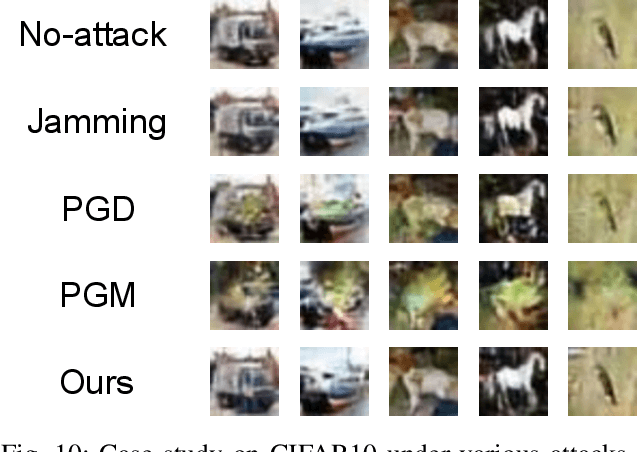
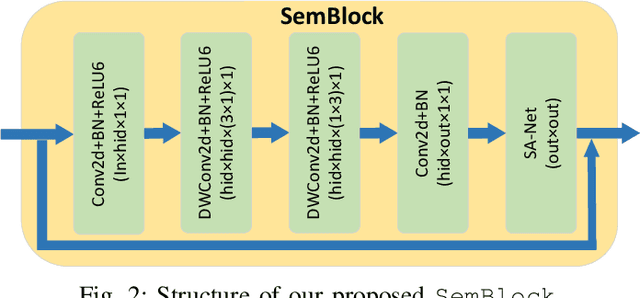
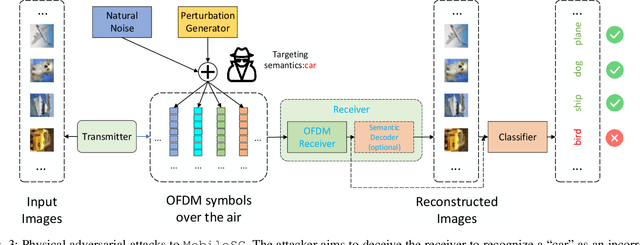
Abstract:End-to-end semantic communications (ESC) rely on deep neural networks (DNN) to boost communication efficiency by only transmitting the semantics of data, showing great potential for high-demand mobile applications. We argue that central to the success of ESC is the robust interpretation of conveyed semantics at the receiver side, especially for security-critical applications such as automatic driving and smart healthcare. However, robustifying semantic interpretation is challenging as ESC is extremely vulnerable to physical-layer adversarial attacks due to the openness of wireless channels and the fragileness of neural models. Toward ESC robustness in practice, we ask the following two questions: Q1: For attacks, is it possible to generate semantic-oriented physical-layer adversarial attacks that are imperceptible, input-agnostic and controllable? Q2: Can we develop a defense strategy against such semantic distortions and previously proposed adversaries? To this end, we first present MobileSC, a novel semantic communication framework that considers the computation and memory efficiency in wireless environments. Equipped with this framework, we propose SemAdv, a physical-layer adversarial perturbation generator that aims to craft semantic adversaries over the air with the abovementioned criteria, thus answering the Q1. To better characterize the realworld effects for robust training and evaluation, we further introduce a novel adversarial training method SemMixed to harden the ESC against SemAdv attacks and existing strong threats, thus answering the Q2. Extensive experiments on three public benchmarks verify the effectiveness of our proposed methods against various physical adversarial attacks. We also show some interesting findings, e.g., our MobileSC can even be more robust than classical block-wise communication systems in the low SNR regime.
RelationRS: Relationship Representation Network for Object Detection in Aerial Images
Oct 13, 2021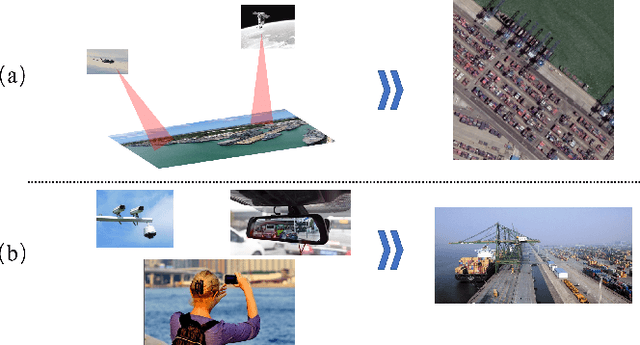
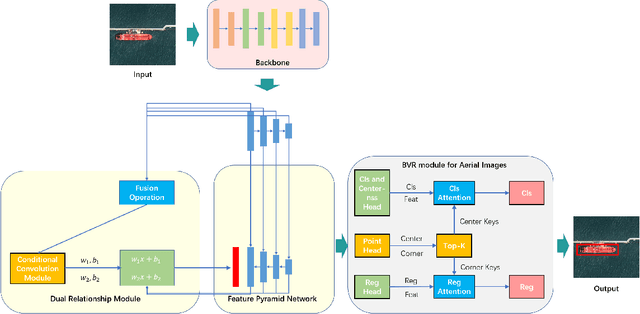
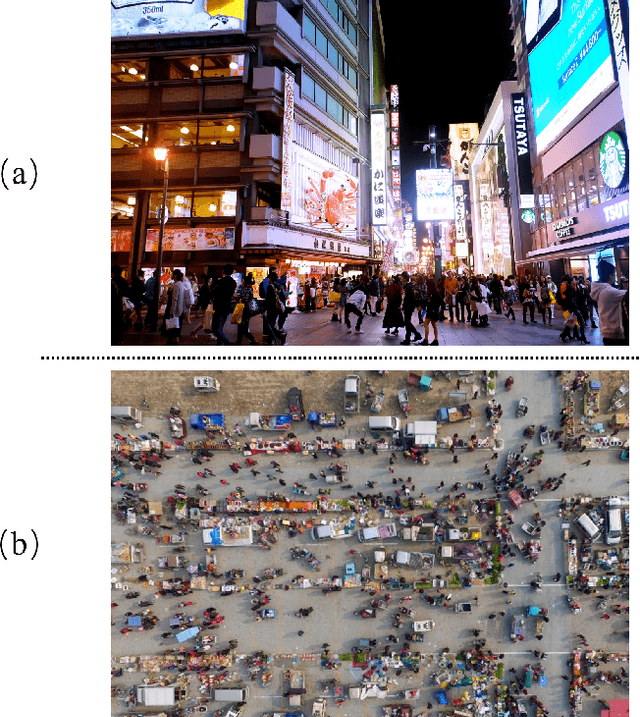
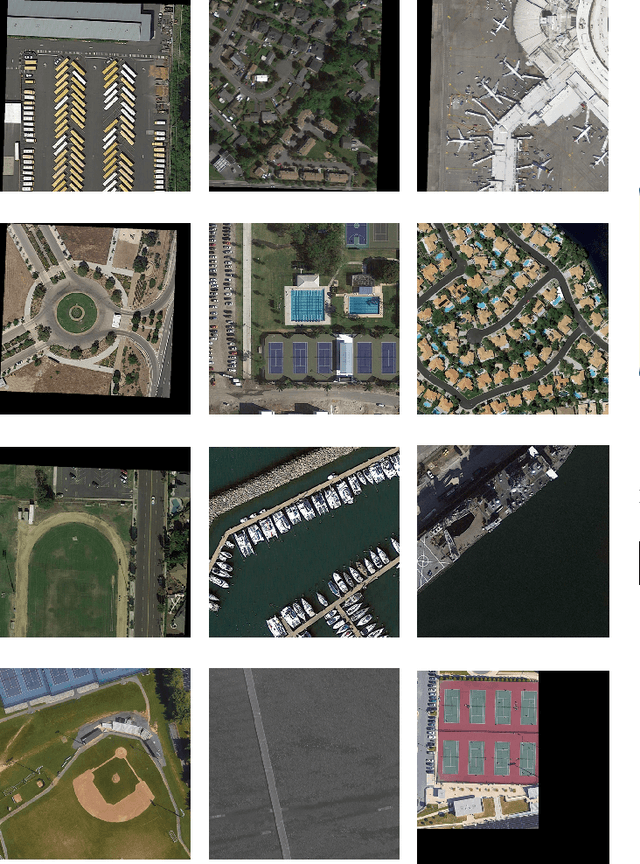
Abstract:Object detection is a basic and important task in the field of aerial image processing and has gained much attention in computer vision. However, previous aerial image object detection approaches have insufficient use of scene semantic information between different regions of large-scale aerial images. In addition, complex background and scale changes make it difficult to improve detection accuracy. To address these issues, we propose a relationship representation network for object detection in aerial images (RelationRS): 1) Firstly, multi-scale features are fused and enhanced by a dual relationship module (DRM) with conditional convolution. The dual relationship module learns the potential relationship between features of different scales and learns the relationship between different scenes from different patches in a same iteration. In addition, the dual relationship module dynamically generates parameters to guide the fusion of multi-scale features. 2) Secondly, The bridging visual representations module (BVR) is introduced into the field of aerial images to improve the object detection effect in images with complex backgrounds. Experiments with a publicly available object detection dataset for aerial images demonstrate that the proposed RelationRS achieves a state-of-the-art detection performance.
CopulaGNN: Towards Integrating Representational and Correlational Roles of Graphs in Graph Neural Networks
Oct 05, 2020


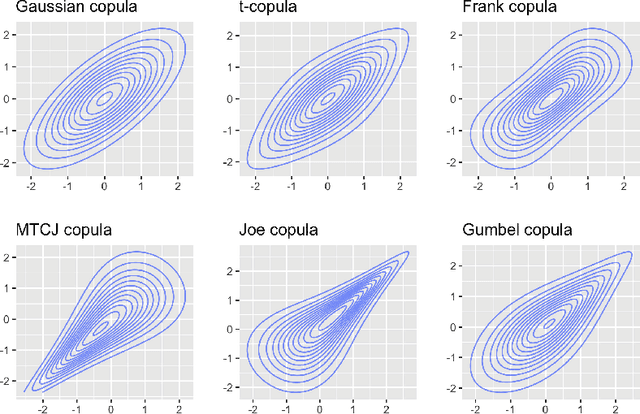
Abstract:Graph-structured data are ubiquitous. However, graphs encode diverse types of information and thus play different roles in data representation. In this paper, we distinguish the \textit{representational} and the \textit{correlational} roles played by the graphs in node-level prediction tasks, and we investigate how Graph Neural Network (GNN) models can effectively leverage both types of information. Conceptually, the representational information provides guidance for the model to construct better node features; while the correlational information indicates the correlation between node outcomes conditional on node features. Through a simulation study, we find that many popular GNN models are incapable of effectively utilizing the correlational information. By leveraging the idea of the copula, a principled way to describe the dependence among multivariate random variables, we offer a general solution. The proposed Copula Graph Neural Network (CopulaGNN) can take a wide range of GNN models as base models and utilize both representational and correlational information stored in the graphs. Experimental results on two types of regression tasks verify the effectiveness of the proposed method.
 Add to Chrome
Add to Chrome Add to Firefox
Add to Firefox Add to Edge
Add to Edge